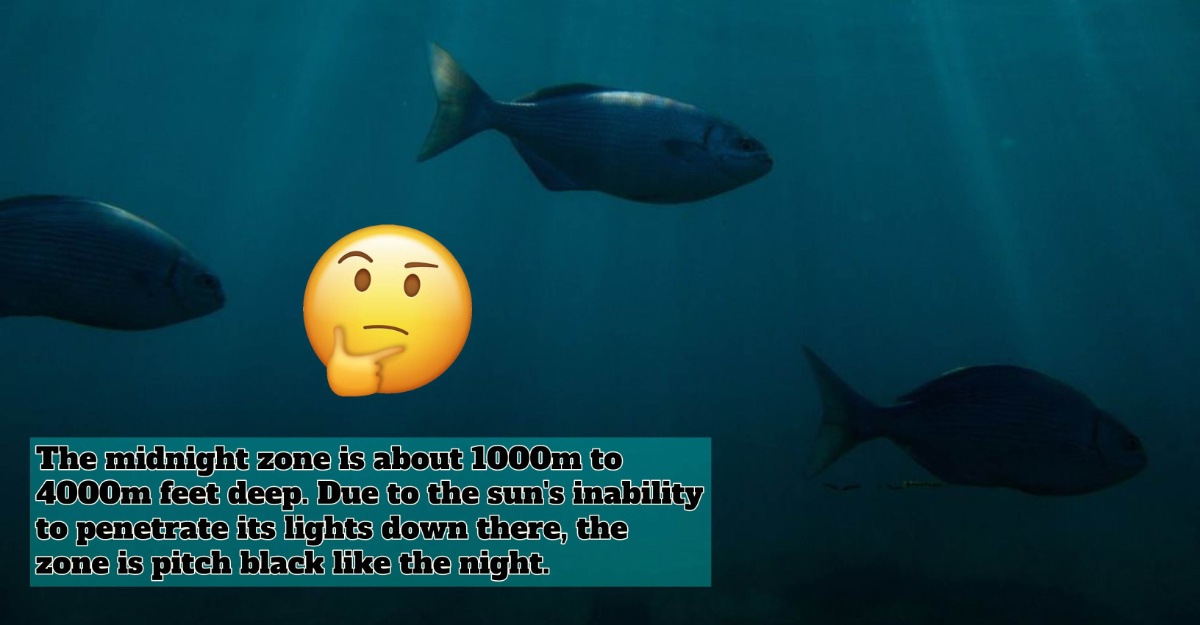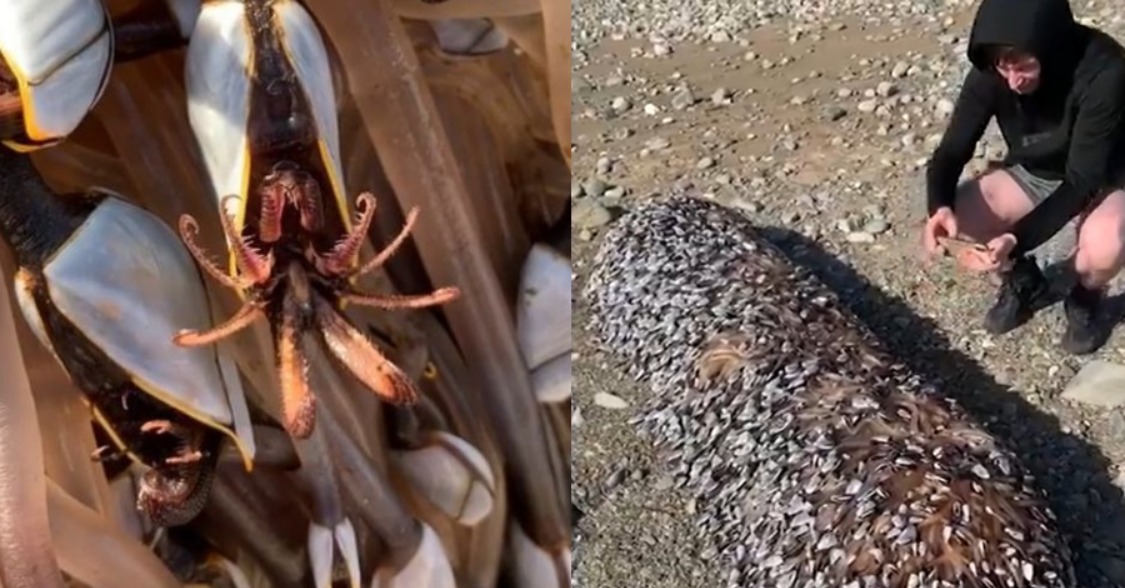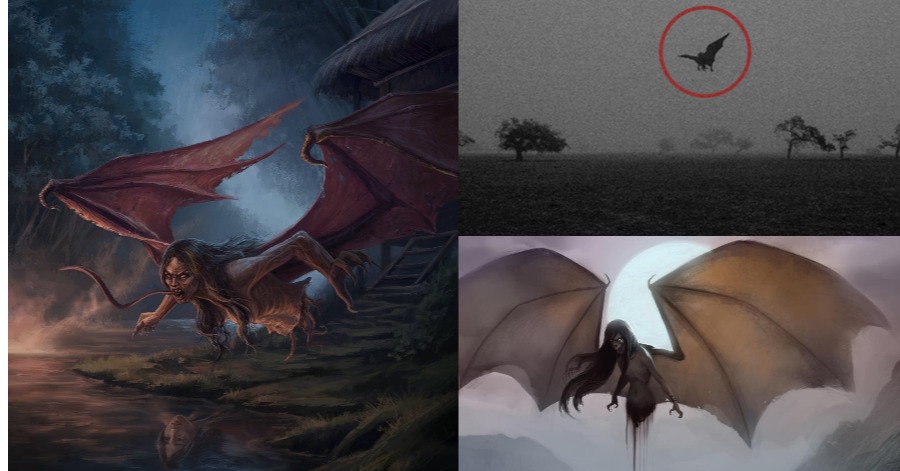The midnight zone is the 3rd zone of the ocean after the twilight zone. The midnight zone is about 1000m to 4000m feet deep. Due to the sun’s inability to penetrate its lights down there, the zone is pitch black like the night. Despite the darkness, there are creatures living in that zone. What are they? Here are some of the creatures that lurk in the midnight zone.
5 Creatures In The Midnight Zone
Giant squid
It is called ‘giant’ for a reason. Giant squid orGenus Architeuthiscan grow enormously reaching 13m for females and 0 m for males. Can you imagine a squid the size of a 3-story building? Moreover, this squid’s eyes are also bigger than any living creature’s eyes — reaching 27cm.
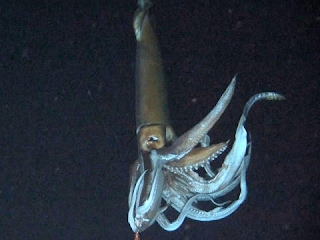
Horseshoe crab
Horseshoe crabs are first found 300 million years ago. The scientific name isLimulus polyphemus.Ironically, the horseshoe crab is not a real crab but is more related to spiders and scorpions. The ‘horseshoe’ in the name is due to this creature’s shell that looks like a U-shaped horseshoe.

Sperm whale
Physeter macrocephalus orsperm whale is the largest whale that has teeth. These teeth of a sperm whale can weigh 0.9kg each. A sperm whale is also as big as a mammoth and can grow to 26m long. Have you readMoby Dickby Herman Melville? Yes, it is a sperm whale that destroyed the whaling ship. It is also based on a real event.
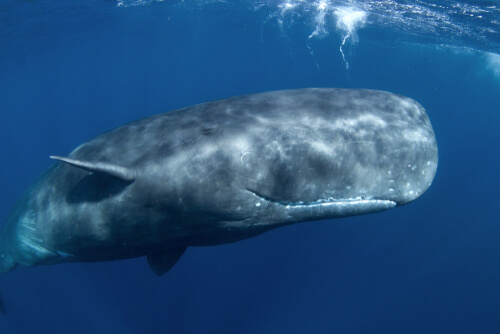
Angler fish
Lophiiformesor angler fish is a bony fish that can grow up to 0.9m long. Angler fish is best known for its dorsal spine above its mouth which is luminous. With the help of bacterial symbionts, angler fish can produce light. However, only the females are bioluminescent. Due to its elasticity, an angler fish can expand its size by twice after having a meal.
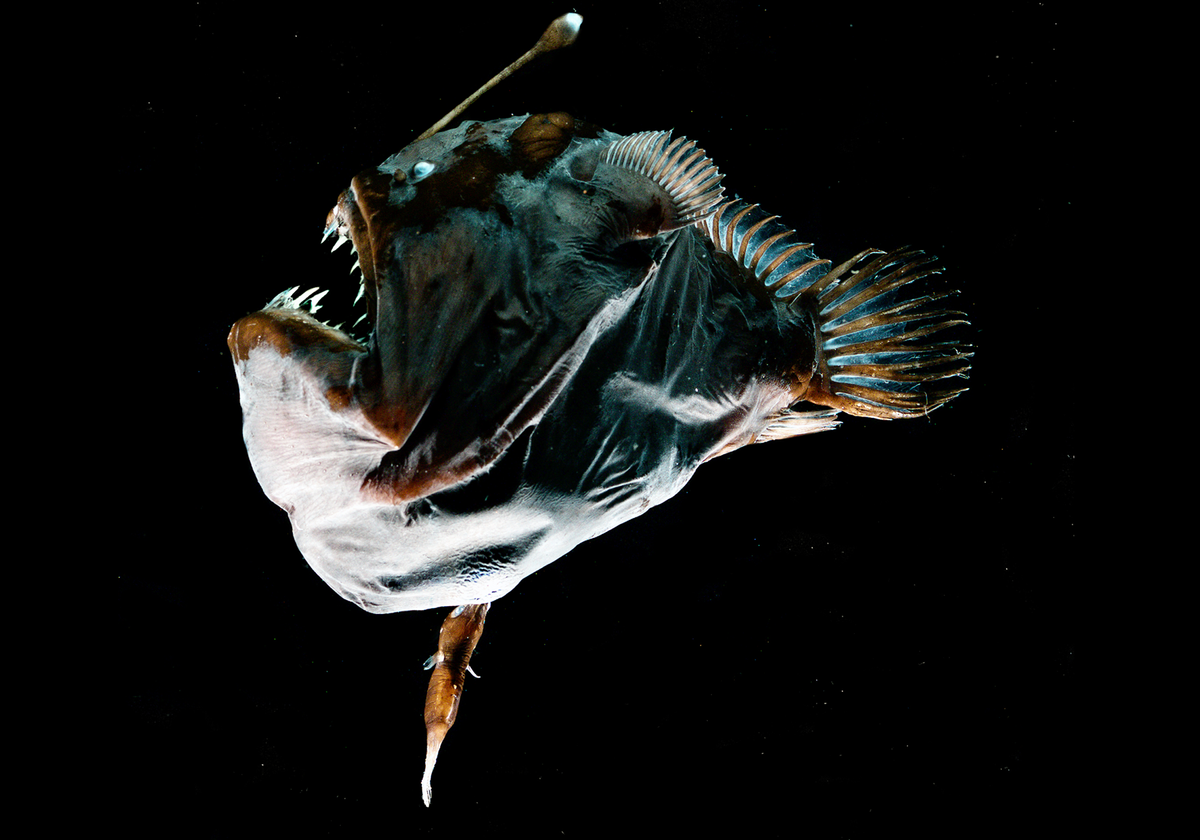
Purple sea urchin
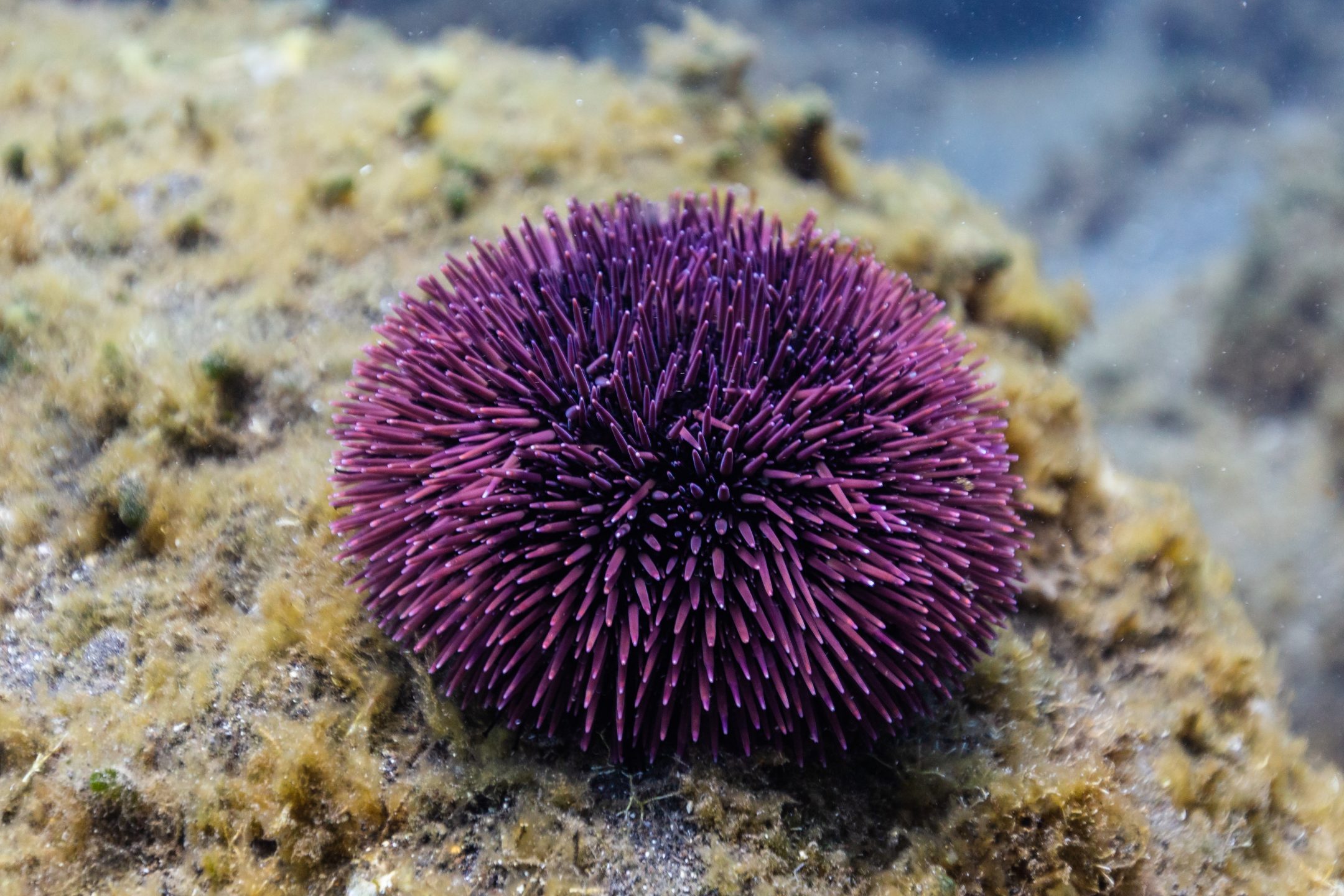
The purple sea urchin or by its scientific nameStrongylocentrotus purpuratusis recognizable for its spikes. This creature eats brown and red algae. Its favorite meal is giant kelp, Macrocystis. Its species is related to invertebrates such as California sea cucumbers, ochre sea stars, and sand dollars.
The midnight zone has a temperature of 4° Celsius. Its cold temperature, intense pressure, and darkness have made it difficult for scientists to discover more about the midnight zone. Due to that, Remote Operated Vehicles (ROVs) are invented to explore the deep midnight zone.
Source: Woods Hole Oceangraphic Institution, Oceanscape Nation, Oceonbites

